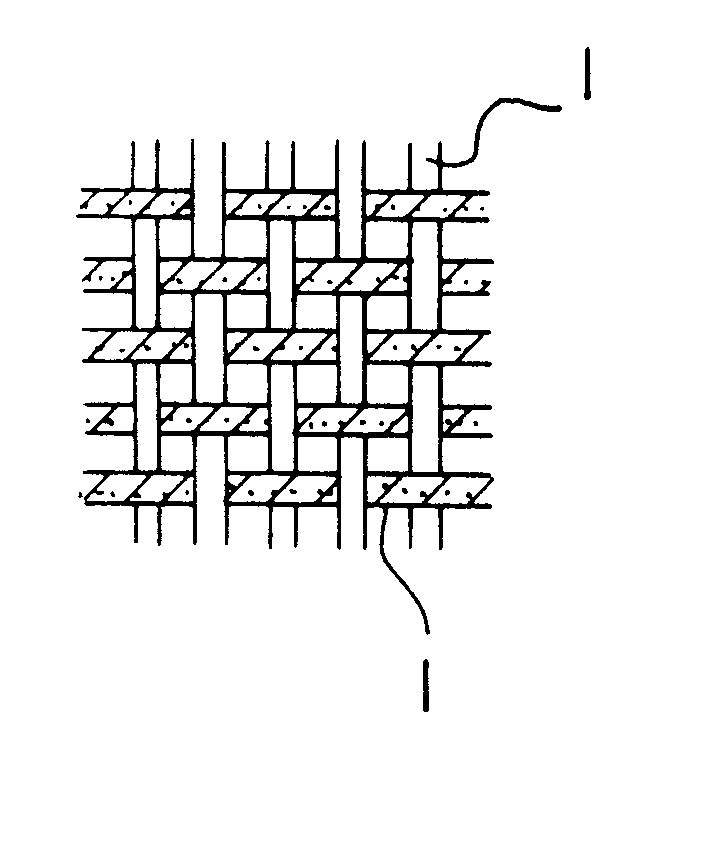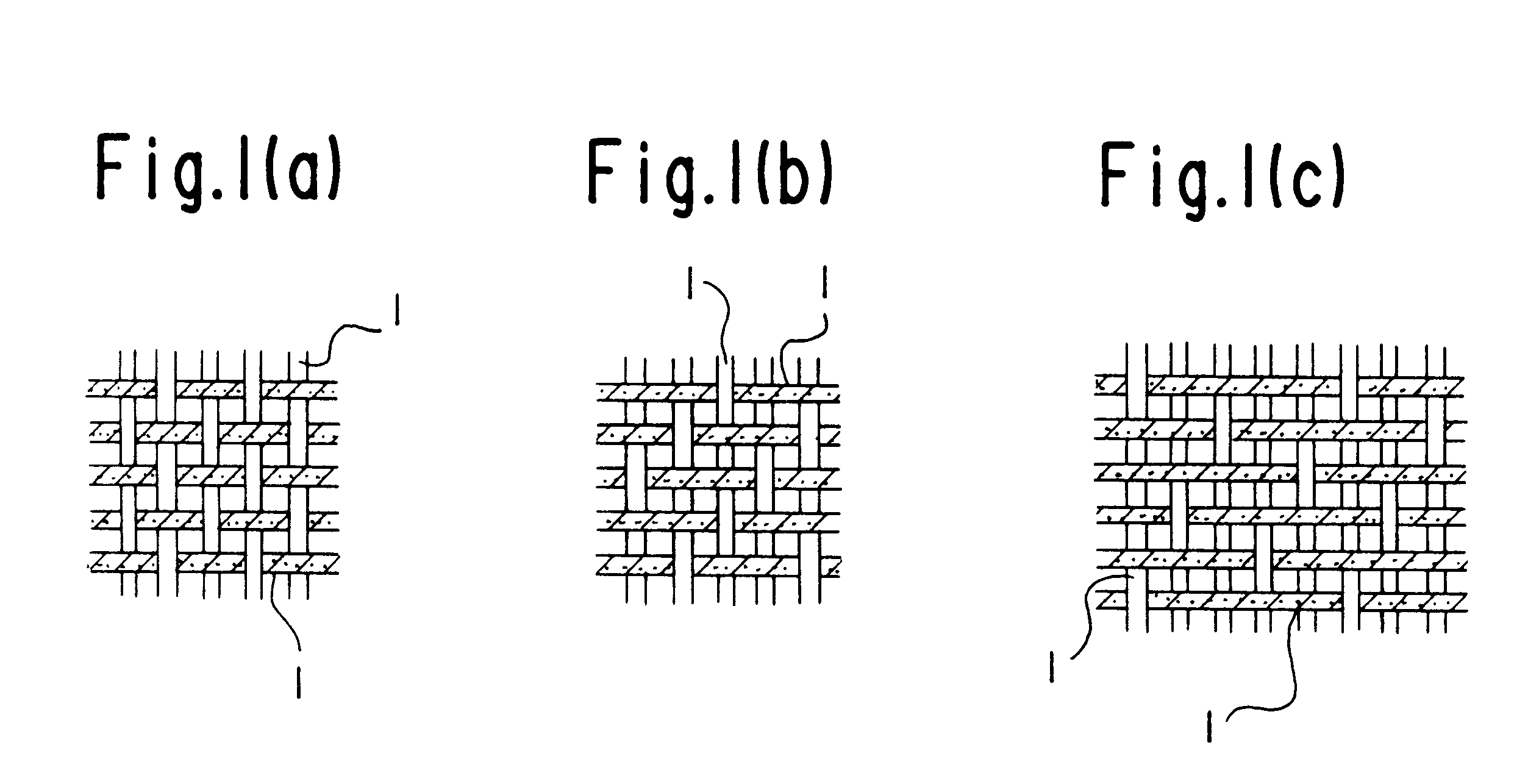Method of preventing adhesion of aquatic organisms in structures in water
a technology of aquatic organisms and structures, applied in the direction of transportation and packaging, vessel construction, other domestic objects, etc., can solve the problems of increasing fuel costs, reducing the life of ships, and hardly ensuring safe navigation by rolling ships
- Summary
- Abstract
- Description
- Claims
- Application Information
AI Technical Summary
Benefits of technology
Problems solved by technology
Method used
Image
Examples
example
An outboard leisure boat of 2 m wide and 11 m long, made of a fiber-reinforced plastic was used for testing. Said boat was moored at a shore in Kishiwada-shi, Osaka. It was covered with a sheet comprising long strips arranged in a lattice form and fused at the crossing points thereof to form apertures. Each of the apertures had a surface area of 6 mm.sup.2. The total surface area of the apertures occupied 45% of the entire surface area of the sheet. The thickness of the sheet was 0.3 mm. The sheet had a tensile elongation of 22% as measured under JIS L1096A and a tear strength of 7.5 kg as measured under JIS L1096A-1. For the purpose of comparison, a hole in a rectangular shape of 20 cm.times.60 cm was cut in the sheet to make a portion of the underwater part of the boat which was not covered. The boat was moored for six month from March of 1998. Thereafter, said sheet was removed, and the boat was landed. The condition of the boat was observed to know whether aquatic organisms were...
PUM
| Property | Measurement | Unit |
|---|---|---|
| surface area | aaaaa | aaaaa |
| thick | aaaaa | aaaaa |
| thickness | aaaaa | aaaaa |
Abstract
Description
Claims
Application Information
 Login to View More
Login to View More - R&D
- Intellectual Property
- Life Sciences
- Materials
- Tech Scout
- Unparalleled Data Quality
- Higher Quality Content
- 60% Fewer Hallucinations
Browse by: Latest US Patents, China's latest patents, Technical Efficacy Thesaurus, Application Domain, Technology Topic, Popular Technical Reports.
© 2025 PatSnap. All rights reserved.Legal|Privacy policy|Modern Slavery Act Transparency Statement|Sitemap|About US| Contact US: help@patsnap.com


